




Sluisweg 10 | 5145 PE Waalwijk | Netherlands +31 416 689 111
Contact us | stahl.com
We welcome your feedback and suggestions regarding this ESG report. Click here to share your input.
Our life cycle assessment (LCA) approach
Renewable (raw) materials
Ensuring product safety
TOPICS
Innovation and low-impact technologies


Back to top
Assessing the impact of our products
At the end of 2023, complete LCA or CF data was available for 353 Stahl products, representing 47% of our total annual sales revenue.
ESG Roadmap to 2030
The nine LCA impact categories explained:
Renewable (raw) materials
Transitioning to renewable feedstocks is a strategic pillar at Stahl, and our R&D approach is increasingly focused on the use of low- or renewable-carbon raw materials to help reduce the environmental impact of our products and enable our customers and end-users to reduce their own footprint. Our renewable feedstocks include plant-based biomass, derived mainly from corn, sugar and vegetable oils. We also use captured carbon, a process that captures CO₂ released from industrial processes and uses it as a feedstock to develop polymer building blocks.
In 2023, sales revenue from products in the Stahl NuVera®and Stahl Ympact® portfolios amounted to 24 million euros.
Making our products safe
Stahl is committed to eliminating unwanted substances from the supply chain. As of January 2024, 2,161 products in Stahl’s portfolio meet the ZDHC Gateway (MRSL 3.1)’s highest compliance level (Level 3). This corresponds to approximately 70% of Stahl’s total sales revenue and 95% of revenue in its leather business unit.
The ZDHC foundation is a multi-stakeholder organisation of over 320 signatories from across the fashion, garment and footwear industries, including brands, textile and leather suppliers, solutions providers and chemical suppliers. The ZDHC Chemicals to Zero program is focused on driving better chemistry in chemical formulations used in the textile and leather apparel and footwear industries. Stahl is committed to full ZDHC conformance of its formulations in these industry segments.
In 2023, we completed life cycle assessments for 160 strategic products, and generated product carbon footprint data for an additional 193 products. In total, the company has carbon footprint data for 353 strategic products, ahead of our target. We have also fully internalised our LCA factory modelling and raw material modelling, strengthening the quality of our data. Stahl is now on track to have an automated system to calculate GHG emissions and provide higher-quality LCA data to our customers.
Stahl NuVera® – renewable carbon-based polyurethanes for speciality coatings
Stahl BeTan® – a complete range of low-environmental-impact solutions for every step in the leather tanning process
Stahl EasyWhite Tan® – a low-impact leather-tanning solution
Stahl Ympact® – a family of renewable carbon solutions for leather processing and finishing
Stahl Relca® Bio – bio-based polymers for coatings and inks
Stahl Neo® – a revised portfolio of low-impact solutions covering the wet-end and finishing stages of leather production, compliant with ZDHC MRSL V3.1
Ensuring product safety for our customers
Ensuring the safety of all our stakeholders is a priority at Stahl. This includes phasing out unwanted substances. As part of this commitment, we participate in the ZDHC Gateway platform, the leading sourcing initiative dedicated to enabling safer chemical choices for the textile, apparel and footwear industries. Chemical formulators that join the ZDHC Gateway play a vital role in driving the fashion and apparel industry’s adoption of safer chemical management practices. Products that meet the requirements of the ZDHC’s Manufacturing Restricted Substances List (MRSL) are published on the Gateway platform and product performance is tracked.
Stahl uses life cycle assessment (LCA) methodology to calculate the environmental impact of our products. Our strategy for the coming years is aligned with our ESG leadership vision:
Our life cycle
assessment (LCA) approach
Automate the collection and declaration of LCA and product carbon footprint (PCF) data for the commercial portfolio of products;
Be able to respond quickly to customer requests for LCA or PCF data;
Develop and exchange relevant data with customers as input for their environmental impact calculations;
Provide technical support for clients on LCA or PCF data collection for their own processes and products; and
Manage (and reduce) our reported scope 3 greenhouse gas (GHG) emissions using the LCA and PCF data
collected for our portfolios.

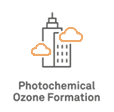
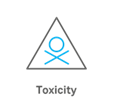
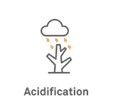
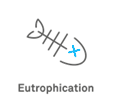
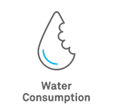
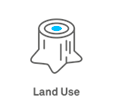
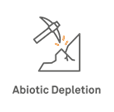
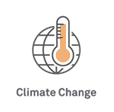
Climate change: Climate change occurs when new lasting weather patterns emerge as a result of changes in the earth’s climate. Global warming is a critical factor within this impact category.
Abiotic depletion: Abiotic depletion is the use of non-renewable material resources, such as earth minerals, metal ores and fossil fuels, beyond their natural rate of replacement.
Land use: Land-use change is a pervasive driver of global environmental shifts. It includes all human activities and arrangements that harness terrestrial ecosystems.
Water consumption: Water consumption is an important indicator of the environmental footprint of products and services.
Eutrophication: Eutrophication refers to the potential of water to become overly enriched with minerals and nutrients, which can lead to the excessive growth of algae (algal bloom) and reduced or insufficient oxygen below the water's surface (hypoxia). This ultimately can lead to a decrease in biodiversity.
Acidification: An increase in the concentration of acidic elements can lead to a change in the chemical balance of natural systems. This is called acidification. The major cause of acidification is the deposition of sulphur, nitrogen oxides and ammonia that are present in the atmosphere, otherwise known as acid rain. Acidification can lead to a decrease in biodiversity, damage to forests, corrosion and human health issues.
Toxicity: Toxicity refers to the ability of a substance to produce an unwanted effect when it has reached a sufficient concentration within the body of a person or an animal. If a product has higher toxicity, a smaller concentration is necessary to cause harmful effects.
Photochemical ozone formation: The formation of ozone in the troposphere, the lowest level of the earth's atmosphere, is caused by the photochemical oxidation of volatile organic compounds (VOCs) and sunlight. High concentrations of ozone can damage vegetation, human respiratory tracts and manmade materials through its reaction with organic compounds.
Ozone depletion: The release of chemical compounds containing gaseous chlorine or bromine gradually thins the earth’s ozone layer in the upper atmosphere.
In recent years, Stahl has introduced the following low-impact product ranges:
ESG Roadmap to 2030
KPI: ZDHC Gateway-certified products as a percentage of total portfolio sales revenue
2023: 89% of Leather Finish sales ZDHC Gateway certified
2030: 96% of Leather Finish sales revenue from ZDHC Gateway certified products
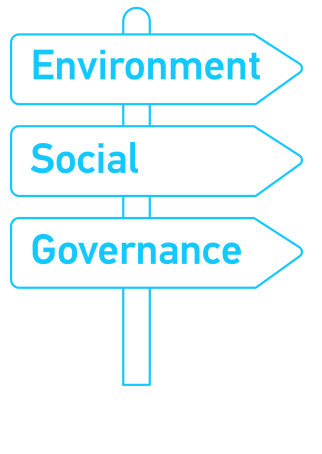
By offering our customers lower-impact performance solutions, we can help them reduce their carbon footprint, as well as their water and energy consumption. These benefits are also passed on to the end consumer. We devote significant resources to innovation: in 2023, 48% of our R&D projects had an ESG focus (up from 31% in 2022). Much of our recent innovation activity has been focused on replacing fossil-based raw materials in our products.
Stahl has a shared mindset: 'If it can be imagined, it can be created'. This approach is supported by our dedication offering safe, low-impact performance solutions to reduce our customers’ environmental impact. Continuous innovation is a key driver of our growth strategy, and is channelled through our research and development (R&D) activities. One of the newest R&D laboratories is in Portão, Brazil, which focuses on developing low-environmental-impact materials for our products. This strategic investment also supports our efforts to recruit new talent within our industry to drive innovation.
LOW-IMPACT SOLUTIONS
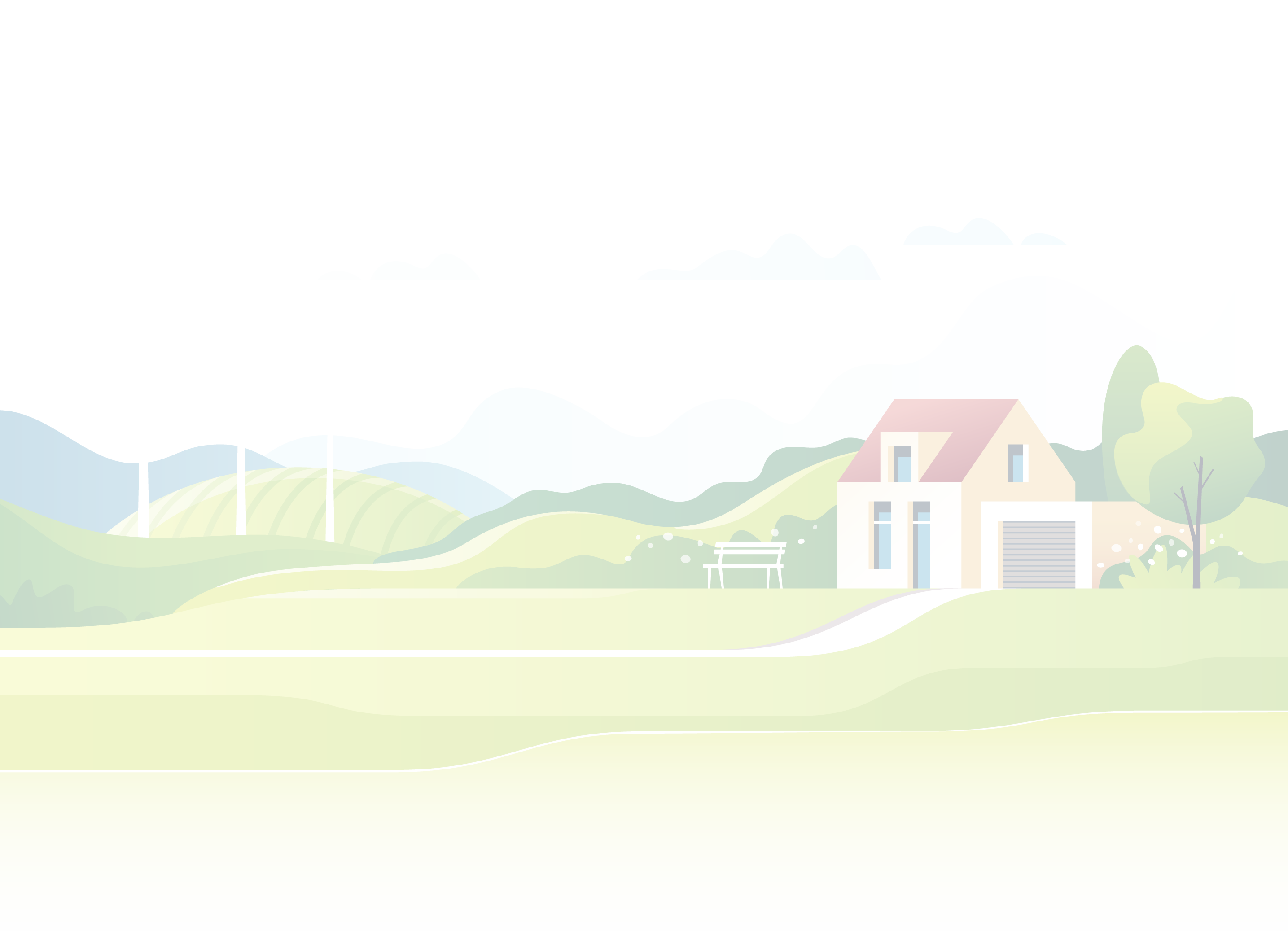





Sluisweg 10 | 5145 PE Waalwijk | Netherlands +31 416 689 111
Contact us | stahl.com
We welcome your feedback and suggestions regarding this ESG report. Click here to share your input.

Stahl uses life cycle assessment (LCA) methodology to calculate the environmental impact of our products. Our strategy for the coming years is aligned with our ESG leadership vision:
Automate the collection and declaration of LCA and product carbon footprint (PCF) data for the commercial portfolio of products;
Be able to respond quickly to customer requests for LCA or PCF data;
Develop and exchange relevant data with customers as input for their environmental impact calculations;
Provide technical support for clients on LCA or PCF data collection for their own processes and products; and
Manage (and reduce) our reported scope 3 greenhouse gas (GHG) emissions using the LCA and PCF data
collected for our portfolios.
Our life cycle
assessment (LCA) approach
Ensuring product safety for our customers
Ensuring the safety of all our stakeholders is a priority at Stahl. This includes phasing out unwanted substances. As part of this commitment, we participate in the ZDHC Gateway platform, the leading sourcing initiative dedicated to enabling safer chemical choices for the textile, apparel and footwear industries. Chemical formulators that join the ZDHC Gateway play a vital role in driving the fashion and apparel industry’s adoption of safer chemical management practices. Products that meet the requirements of the ZDHC’s Manufacturing Restricted Substances List (MRSL) are published on the Gateway platform and product performance is tracked.
ESG Roadmap to 2030
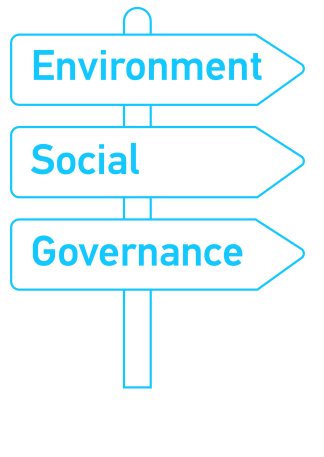
KPI: ZDHC Gateway-certified products as a percentage of total portfolio sales revenue
2023: 89% of Leather Finish sales ZDHC Gateway certified
2030: 96% of Leather Finish sales revenue from ZDHC Gateway certified products
The nine LCA impact categories
explained:
Climate change: Climate change occurs when new lasting weather patterns emerge as a result of changes in the earth’s climate. Global warming is a critical factor within this impact category.
Abiotic depletion: Abiotic depletion is the use of non-renewable material resources, such as earth minerals, metal ores and fossil fuels, beyond their natural rate of replacement.
Land use: Land-use change is a pervasive driver of global environmental shifts. It includes all human activities and arrangements that harness terrestrial ecosystems.
Water consumption: Water consumption is an important indicator of the environmental footprint of products and services.
Eutrophication: Eutrophication refers to the potential of water to become overly enriched with minerals and nutrients, which can lead to the excessive growth of algae (algal bloom) and reduced or insufficient oxygen below the water's surface (hypoxia). This ultimately can lead to a decrease in biodiversity.
Acidification: An increase in the concentration of acidic elements can lead to a change in the chemical balance of natural systems. This is called acidification. The major cause of acidification is the deposition of sulphur, nitrogen oxides and ammonia that are present in the atmosphere, otherwise known as acid rain. Acidification can lead to a decrease in biodiversity, damage to forests, corrosion and human health issues.
Toxicity: Toxicity refers to the ability of a substance to produce an unwanted effect when it has reached a sufficient concentration within the body of a person or an animal. If a product has higher toxicity, a smaller concentration is necessary to cause harmful effects.
Photochemical ozone formation: The formation of ozone in the troposphere, the lowest level of the earth's atmosphere, is caused by the photochemical oxidation of volatile organic compounds (VOCs) and sunlight. High concentrations of ozone can damage vegetation, human respiratory tracts and manmade materials through its reaction with organic compounds.
Ozone depletion: The release of chemical compounds containing gaseous chlorine or bromine gradually thins the earth’s ozone layer in the upper atmosphere.
ESG Roadmap to 2030
In 2023, we completed life cycle assessments for 160 strategic products, and generated product carbon footprint data for an additional 193 products. In total, the company has carbon footprint data for 353 strategic products, ahead of our target. We have also fully internalised our LCA factory modelling and raw material modelling, strengthening the quality of our data. Stahl is now on track to have an automated system to calculate GHG emissions and provide higher-quality LCA data to our customers.

Back to top
Renewable (raw) materials
Transitioning to renewable feedstocks is a strategic pillar at Stahl, and our R&D approach is increasingly focused on the use of low- or renewable-carbon raw materials to help reduce the environmental impact of our products and enable our customers and end-users to reduce their own footprint. Our renewable feedstocks include plant-based biomass, derived mainly from corn, sugar and vegetable oils. We also use captured carbon, a process that captures CO₂ released from industrial processes and uses it as a feedstock to develop polymer building blocks.
In 2023, sales revenue from products in the Stahl NuVera®and Stahl Ympact® portfolios amounted to 24 million euros.
Assessing the impact of our products
At the end of 2023, complete LCA or CF data was available for 353 Stahl products, representing 47% of our total annual sales revenue.
Making our products safe
Stahl is committed to eliminating unwanted substances from the supply chain. As of January 2024, 2,161 products in Stahl’s portfolio meet the ZDHC Gateway (MRSL 3.1)’s highest compliance level (Level 3). This corresponds to approximately 70% of Stahl’s total sales revenue and 95% of revenue in its leather business unit.
The ZDHC foundation is a multi-stakeholder organisation of over 320 signatories from across the fashion, garment and footwear industries, including brands, textile and leather suppliers, solutions providers and chemical suppliers. The ZDHC Chemicals to Zero program is focused on driving better chemistry in chemical formulations used in the textile and leather apparel and footwear industries. Stahl is committed to full ZDHC conformance of its formulations in these industry segments.
Stahl NuVera® – renewable carbon-based polyurethanes for speciality coatings
Stahl BeTan® – a complete range of low-environmental-impact solutions for every step in the leather tanning process
Stahl EasyWhite Tan® – a low-impact leather-tanning solution
Stahl Ympact® – a family of renewable carbon solutions for leather processing and finishing
Stahl Relca® Bio – bio-based polymers for coatings and inks
Stahl Neo® – a revised portfolio of low-impact solutions covering the wet-end and finishing stages of leather production, compliant with ZDHC MRSL V3.1
In recent years, Stahl has introduced the following low-impact product ranges:
By offering our customers lower-impact performance solutions, we can help them reduce their carbon footprint, as well as their water and energy consumption. These benefits are also passed on to the end consumer. We devote significant resources to innovation: in 2023, 48% of our R&D projects had an ESG focus (up from 31% in 2022). Much of our recent innovation activity has been focused on replacing fossil-based raw materials in our products.
Stahl has a shared mindset: 'If it can be imagined, it can be created'. This approach is supported by our dedication offering safe, low-impact performance solutions to reduce our customers’ environmental impact. Continuous innovation is a key driver of our growth strategy, and is channelled through our research and development (R&D) activities. One of the newest R&D laboratories is in Portão, Brazil, which focuses on developing low-environmental-impact materials for our products. This strategic investment also supports our efforts to recruit new talent within our industry to drive innovation.
Our life cycle assessment (LCA) approach
Renewable (raw) materials
Innovation and low-impact technologies
TOPICS
Ensuring product safety
LOW-IMPACT SOLUTIONS
